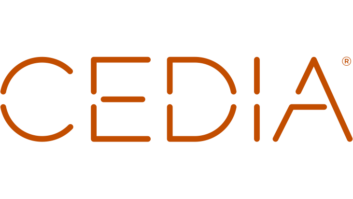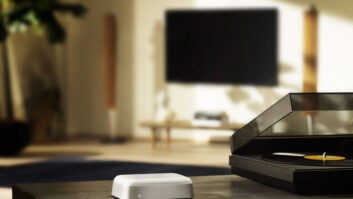To understand when and where to utilize fiber optics, one first needs to understand that there are multiple types of cables.
The defining characteristic of just what any particular flavor of fiber cabling can be used for is referred to as its core. This is the center-most portion of the fiber, through which the actual photons of light are primarily carried from their insertion into the fiber medium to their immersion at the far end. The higher the quality and clarity of this core material, the further the photons can be transmitted and the higher the frequency of the signal that can be transmitted through it. The lower the quality of the core material, the more the photons get reflected or absorbed by the impurities, and so the shorter the distances and, in general, the lower the frequencies.
Understanding this is relatively easy. Imagine standing in a large amphitheater at night, with someone holding a flashlight at one end, turning it on and off rapidly. On a cool, crystal-clear evening you can easily recognize the flashes of light from across the amphitheater, and see them flashing on and off quite quickly. However, fill that same theater with a bit of smoke or fog, and sooner or later those same flashes become indistinguishable or totally indiscernible from that same spot as the flashes of light reflect off of or get absorbed by the smoke or fog particles. By moving closer, you will eventually be able to once again determine on from off at some definite rate. The same holds true for those photons that represent digital ones and zeros being transmitted over fiber. A perfectly clear fiber core allows you to get lots of distance and speed; a foggy fiber core leaves you with shorter distances and lower speeds.
As bad as it may sound, this really isnt a bad thing. It just means that when you need to go a long way, you need good clear transmission paths; and that when you only need to go a short way, foggy is fine. There is really no need for a pricey high-end fiber cable when you are only connecting one piece of audio gear to another piece of corresponding gear that its sitting on top of. So making a knowledgeable decision on selecting the right fiber can have a huge dollar, as well as performance, impact.
The fiber which most people are familiar with is perhaps the telephone company variety used in their long-distance fiber networks. These utilize singlemode, ultra-thin fiber strands that have been optimized for long, long distances and very high frequencies (in the Gigahertz ranges). These are ultra pure fibers that have very few impurities in their cores.
This allows the photons to traverse great fiber distances without hitting anything and thus make it to the far end of that amphitheater at great frequencies. However, there are few applications in our audio/video domains that require distances of several miles or more, so this singlemode fiber is of little interest at the moment. Additionally, a relatively expensive laser module is required to create the photons used for these very fine cores; and this alone will generally prove cost prohibitive.
The most commonly used fiber today is multimode fiber, which provides connectivity up to 2 km apart at frequencies capable of handling high-definition speeds. Multimode fiber is not as crystal-clear as singlemode fiber, but its clear enough to get the photons out 2 km, and it uses a very inexpensive LED to generate its photons. Because of this, multimode is the fiber of choice for inter-building wiring of offices and theaters back to equipment room head-end locations. The standard multimode fiber is called 62.5/125 fiber, referring to the diameters of the core and its cladding respectively.
However, both singlemode and multimode require specialized connector termination techniques and are definitely in the handle with care category for cable routing and bend radius. When you need what they offer, they are definitely the right choice, but seldom are they needed for source-to-amplifier local connections. For this, a foggy cable at relatively slow speeds will do just fine, saving a nice buck or two along the way. The TOSLINK fiber connectivity standard performs this function quite nicely, and quite economically. The major difference with TOSLINK is that it utilizes not glass for its core material, but more specifically multiple plastic fiber strands for transporting the photons. Although this plastic has far more impurities in it (i.e foggier) the distances are short enough, the diameters of the plastic strands are wide enough, and the frequencies are low enough to be perfect for the audio portions of our audio/video world. Unfortunately, the TOSLINK connection is not quite yet ready for that hi-def streaming video that were all waiting for; but no doubt it will happen at some distance or another.
So by knowing what your application is, you now know which flavor of fiber to apply.




